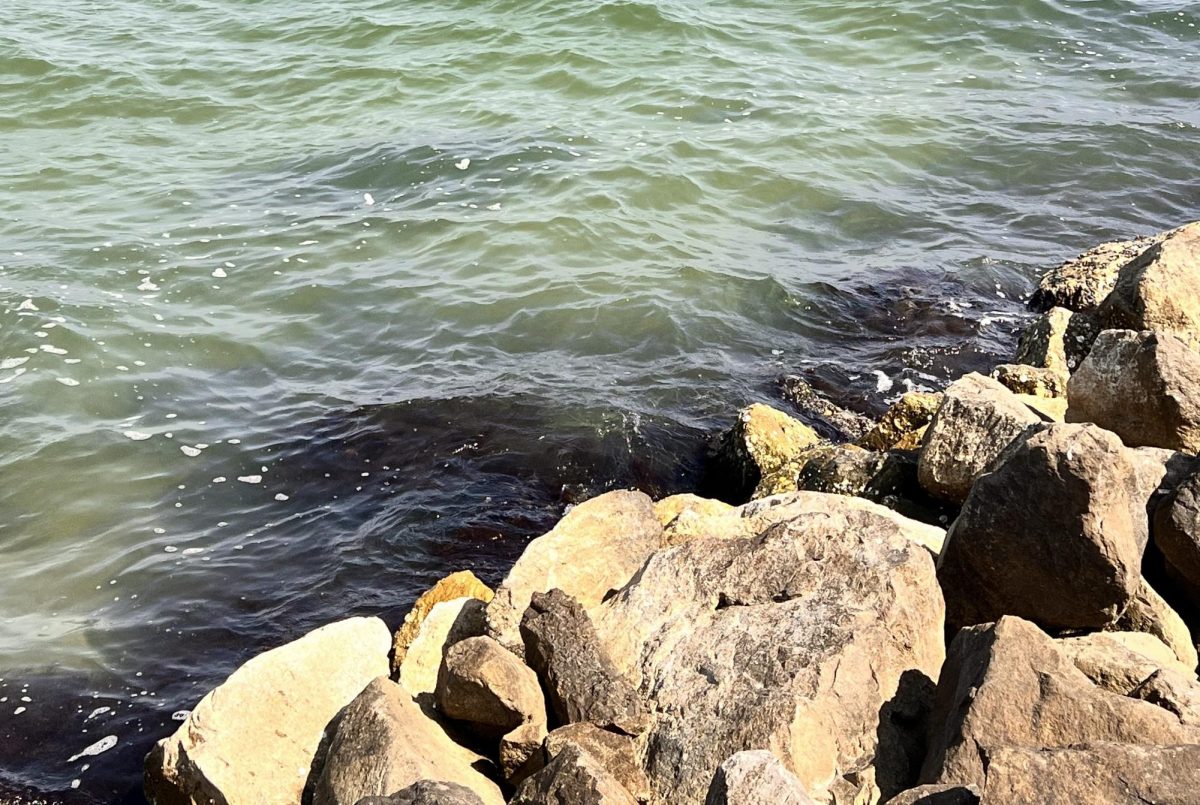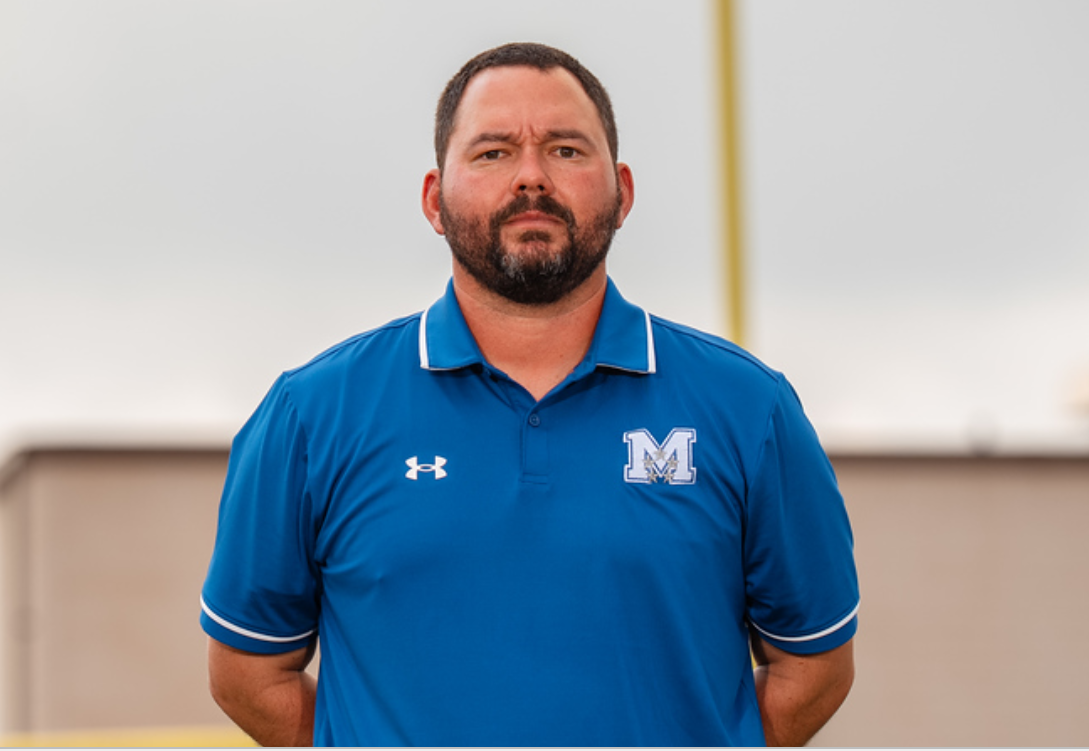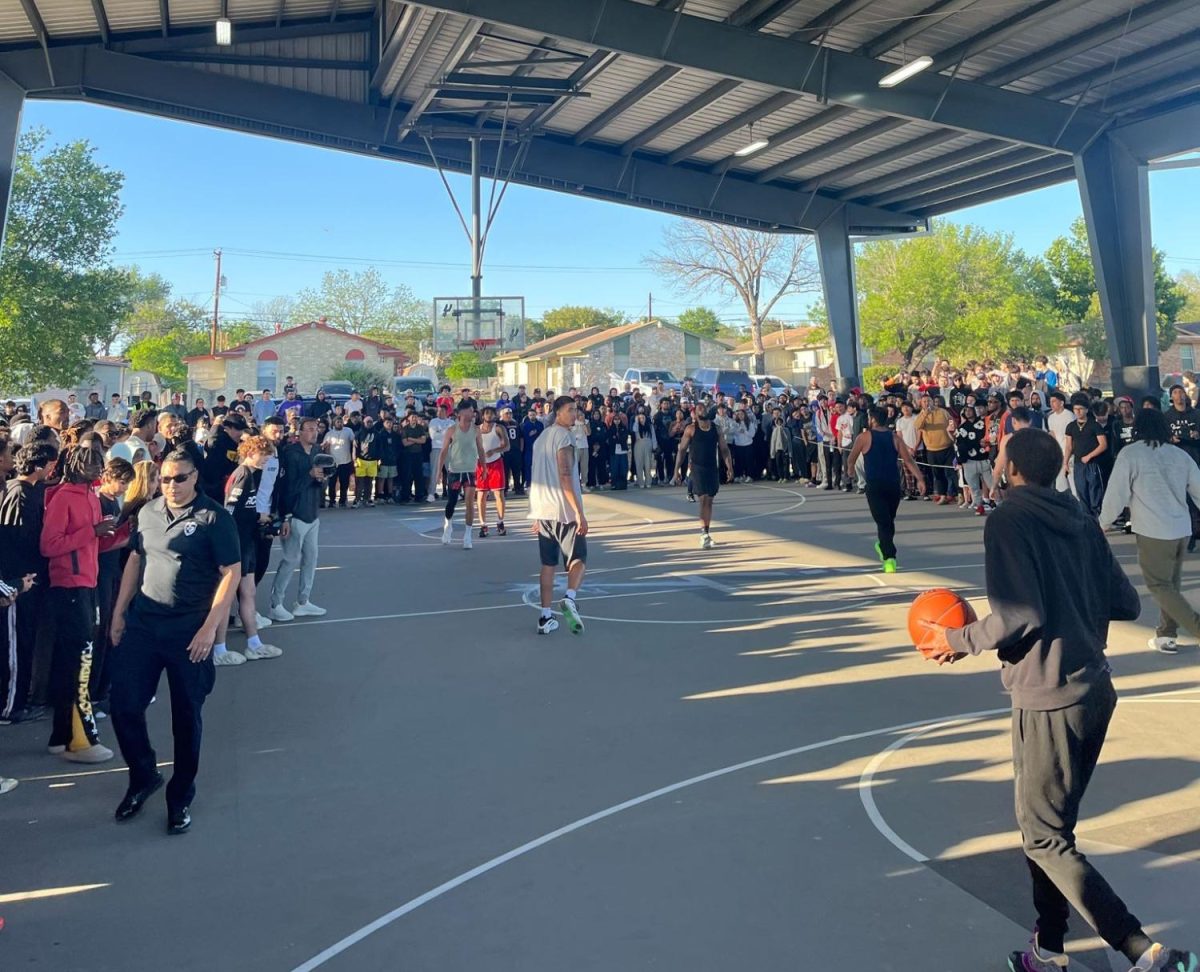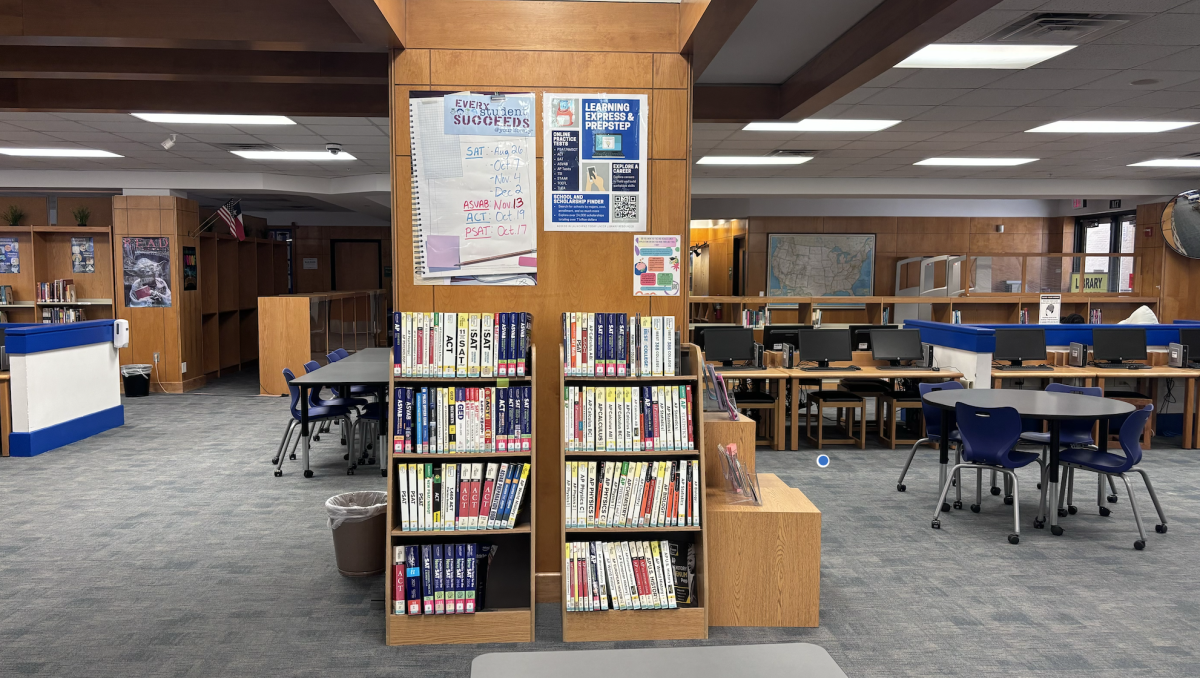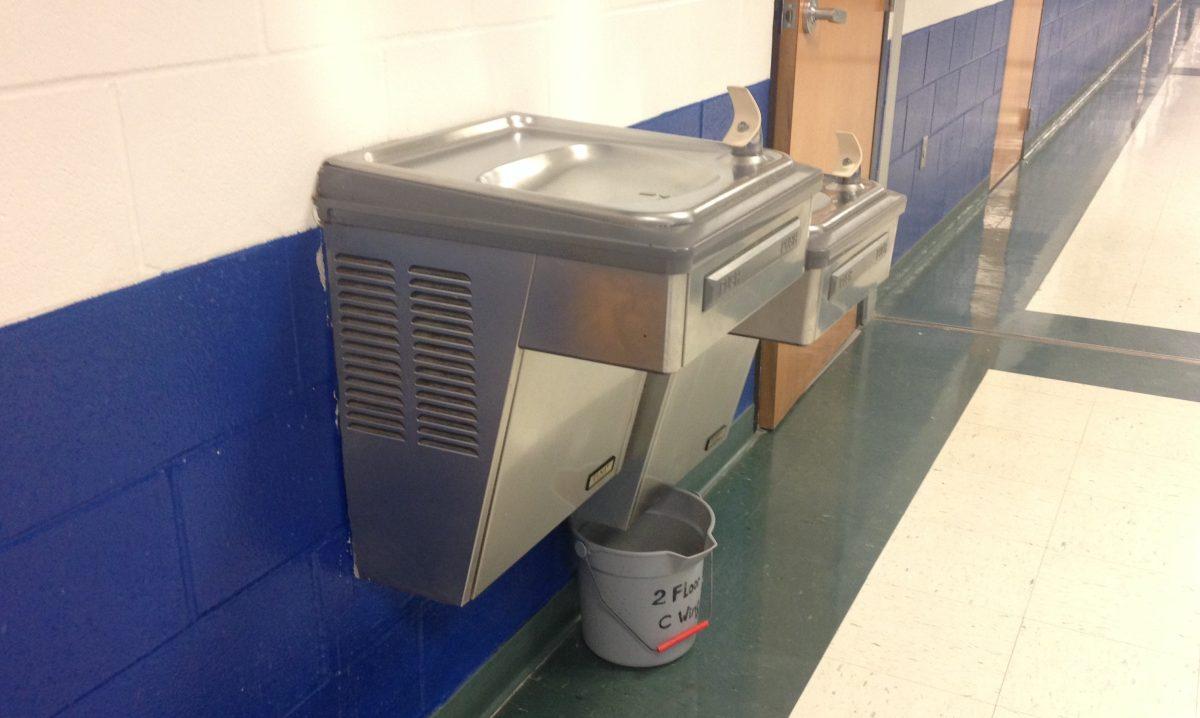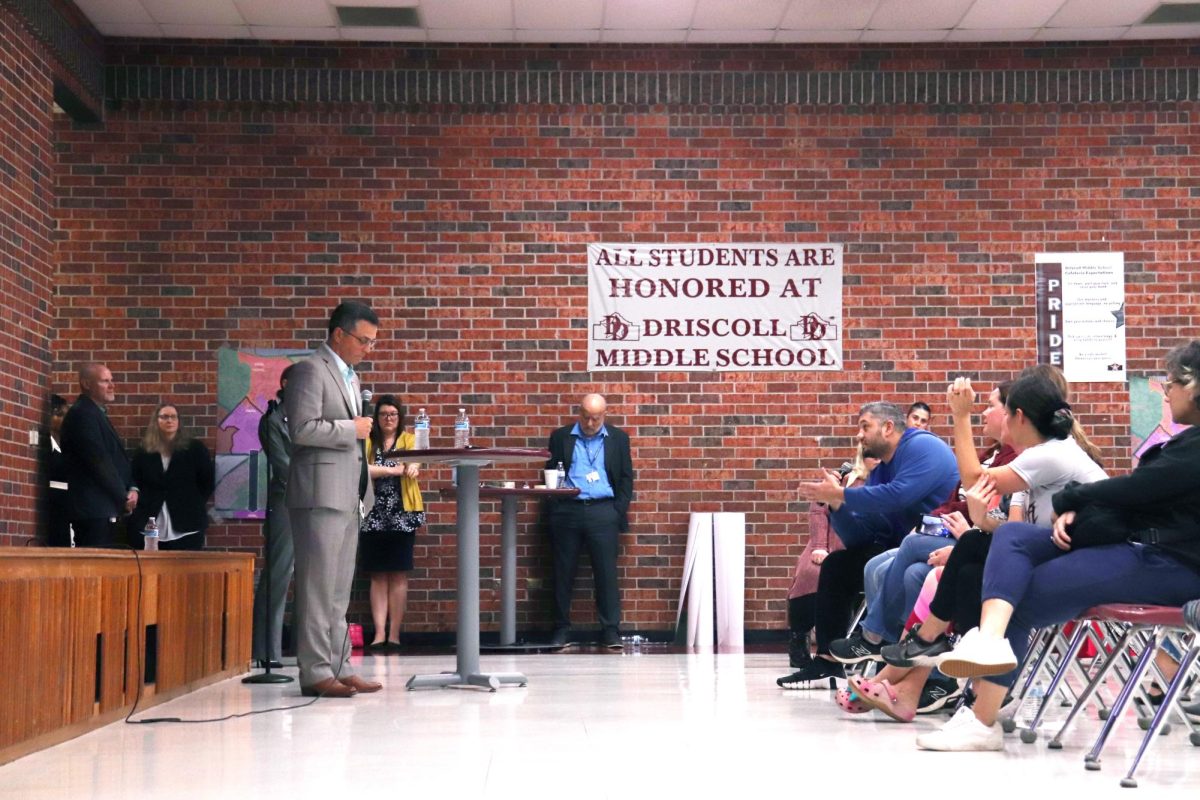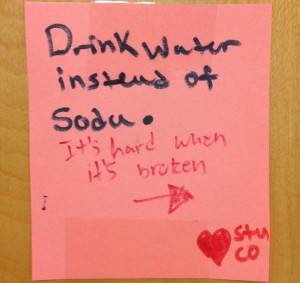
Trekking through the halls, traveling from D100 to B300 can tire a person out, especially someone with 10 or more pounds of school material slugged across their back. Then you spot it; a silver oasis in the sea of teen odor and hormones, the water fountain. You’ve already gone up 3 flights of stairs and exhausted your physical and mental resources that you probably needed for your next class. You pause at the fountain, not giving a second thought to the scoffs you receive from forcing people to walk around you. You take a sip.
Warm.
The water is warm.
Not only is your throat still feeling parched, but your spirits are crushed.
You’ve probably experienced this disappointing quench of your thirst in the mad dash to your next class. The water fountains at school have seemingly been decreasing in quality throughout the years. Mental maps of where the best fountains reside are stored into your brain, a useful resource when you’re in a rush. From freshman to senior year, the number of water fountains I wouldn’t mind taking a sip from has dropped drastically. It’s clean water, of course, but a temperature that doesn’t match your surroundings is usually what you’d expect from the water you drink.
I went through the halls with my notepad, surveying every single water fountain found on the main campus, and I discovered that nearly all of the fountains range from slightly chilly to disgustingly warm. There a select few that are actually icy (B/C200, B100, C/D100; you’re welcome), but there’s a couple that don’t even work. This is a noticeable problem, as the kids in several of my classes comment every time they pay a visit to their respective water fountains with less-than stellar results.
There’s students who have taken to carrying around their own water bottles, but once that’s empty of the original water, they’re outta luck. Then one must resort to filling your bottle from a more unfortunate source, our water fountains. Water is the most important resource to our literal lives, we’re more than 60% water. For the kids who don’t bring their own water, the fountains are their only source of thirst-quenching all day until they get home.
Don’t get me wrong, I’m thankful that we are privileged enough to have water fountains in our school. Surprisingly, it wasn’t until 2010 when schools participating in the National School Lunch Program (NSLP) were required to have drinking water in their schools, a provision in the ‘Healthy, Hunger-Free Kids Act of 2010‘ signed in by Barack Obama. The thing is, if we’re going to have water fountains that are supposed to provide for thousands of students, they should at least be functional. Having 2 out of our 12 fountains broken may not seem like a big problem, but those 12 need to function for close to 3000 students. This isn’t a problem just in our school, but within our district, which puts at the end of a long list of schools that need repairs.
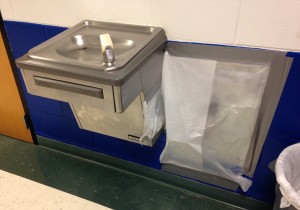
Work orders have been put in for new water fountains, but as said by Assistant Principal Ms. Cook, it could be a long time before anything gets done by the district. We have to stand in line behind all the other schools in the district and wait our turn. There’s not much we can do for now, except to wait. Thankfully, it seems there’s evidence of change over in the D300 wing, with a water fountain having been taken out, and hopefully being sent off for a replacement.
Overall, our fountains may function for the most part, but just functioning isn’t good enough. Providing water that students can look forward to is essential, because it’s essential to our well-being. We’re fortunate to have these fountains alone, but that doesn’t stop people from complaining, and for valid reasons. Warm water and broken fountains create waves of discourse in the hearts of our student body, but the light at the end of the tunnel is fast approaching with promises of repair.


